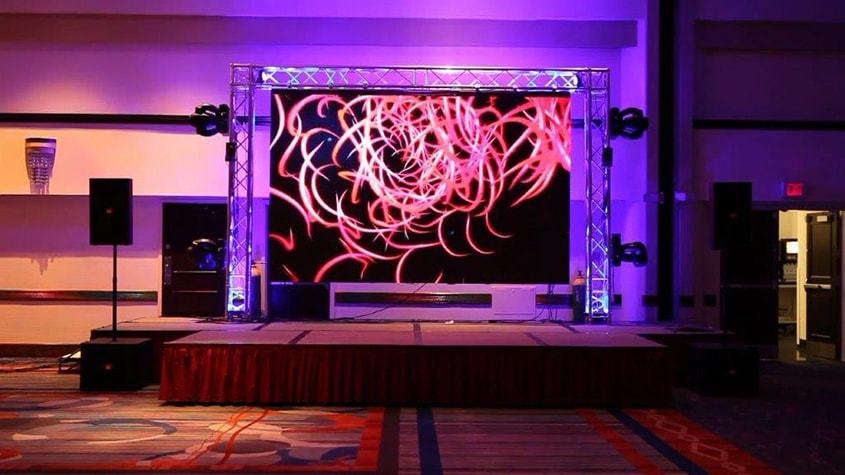Perfecting the Craft of Hue Calibration for Stunning Imagery on LED Walls
Wiki Article
Color calibration is an essential process for achieving stunning visuals on LED screens. LED screens are commonly used in various settings, such as concerts, conferences, and advertising displays. These walls consist of numerous tiny LED lights that produce pictures and footage. However, if the colors are not adjusted properly, the visuals can appear dull or distorted. Color calibration guarantees that the hues shown on the light-emitting diode screen are precise and lively, improving the overall viewing experience.
The first phase in hue tuning is comprehending the hue spectrum. Color space refers to the range of colors that can be displayed on a display. Various equipment, such as cameras and displays, may use different color spaces. Common hue spectra include standard RGB, Adobe's RGB, and Digital Cinema Initiatives P3. Knowing which color space the LED screen uses is vital for proper tuning. This understanding assists in modifying the colors to match the intended result, guaranteeing that the images look as they were meant to be seen.

Next, using a hue tuning tool is essential for obtaining precise outcomes. These tools can be hardware devices or software tools designed to measure and modify colors. A colorimeter is a popular physical device that assesses the hues shown on the light-emitting diode wall. It provides data on how the colors look compared to the standard metrics. By using this information, adjustments can be made to the LED wall settings, such as brightness, contrast, and color equilibrium. This procedure assists in matching the displayed colors with the desired color benchmarks.
Another important aspect of color calibration is ambient light consideration. The lighting in the environment where the LED wall is located can greatly influence how hues are seen. For instance, intense surrounding illumination can dull colors, making them look less lively. Therefore, check here it is essential to evaluate the lighting conditions before calibrating the LED wall. Adjustments may need to be made to the wall's brightness and contrast settings to compensate for the surrounding light. This ensures that the colors remain vivid and true to their intended appearance.
Finally, regular maintenance and recalibration are necessary to keep the light-emitting diode screen operating at its best. Eventually, the colors on the light-emitting diode wall may drift due to factors like aging components or changes in the environment. Regularly scheduled tuning assist to preserve hue precision and uniformity. It is also advantageous to keep a record of calibration settings and results. This documentation can help in spotting trends or problems that may occur, enabling for timely adjustments. By prioritizing color calibration, users can guarantee that their LED screens provide stunning visuals that engage viewers.